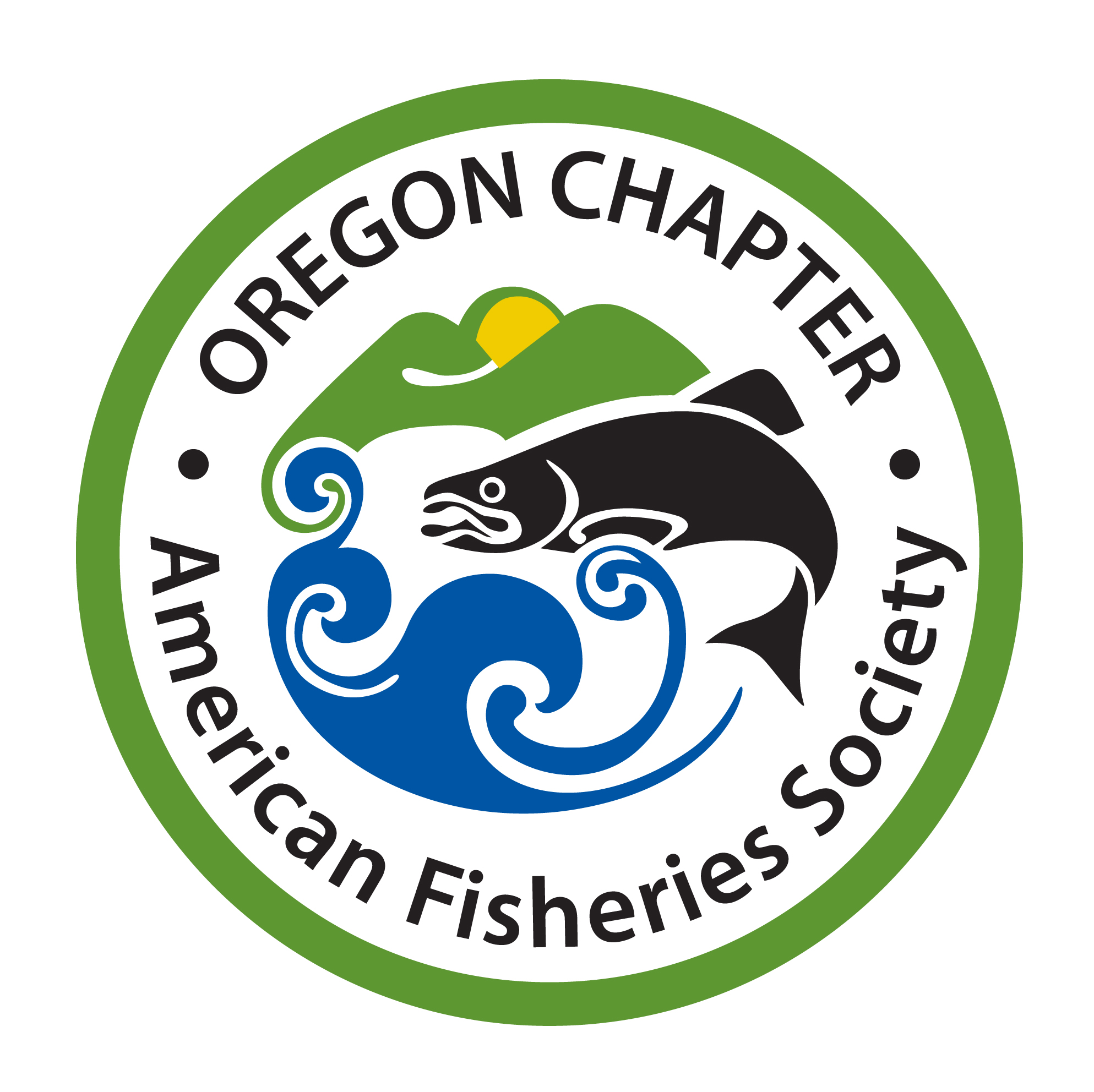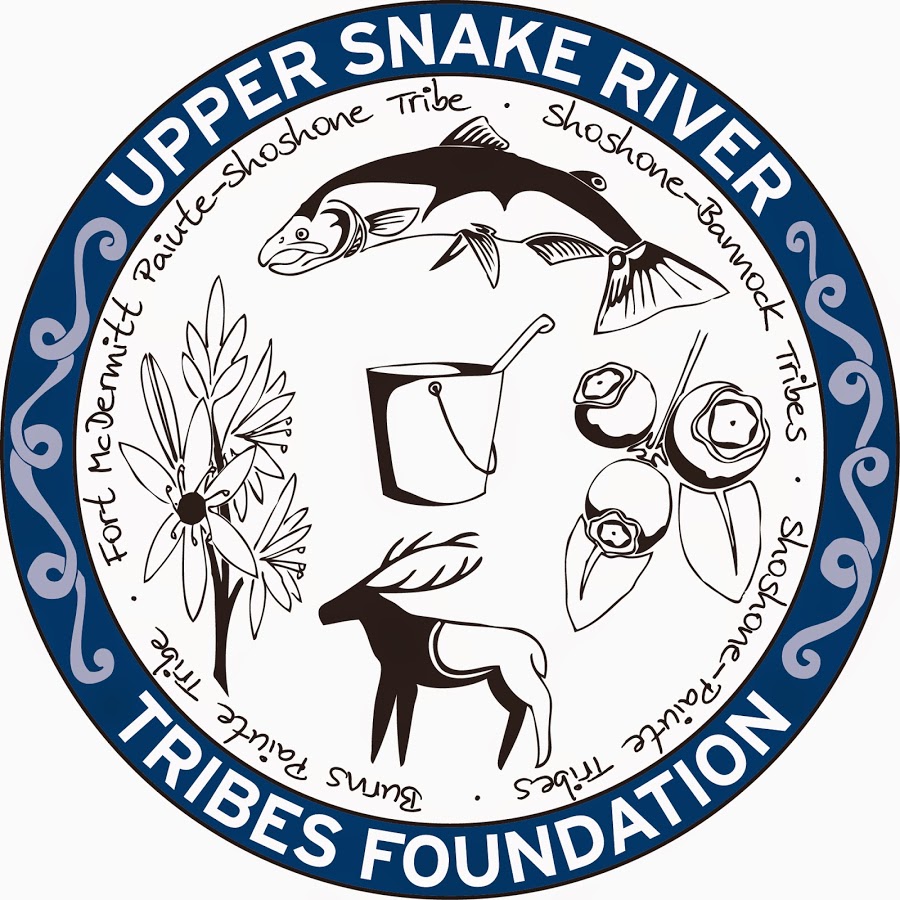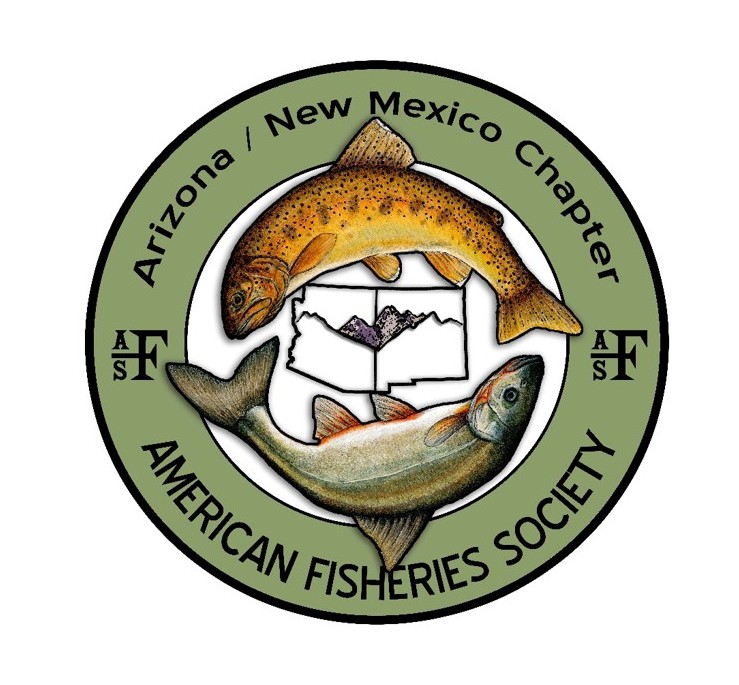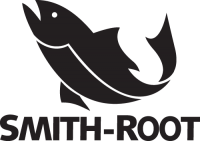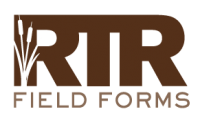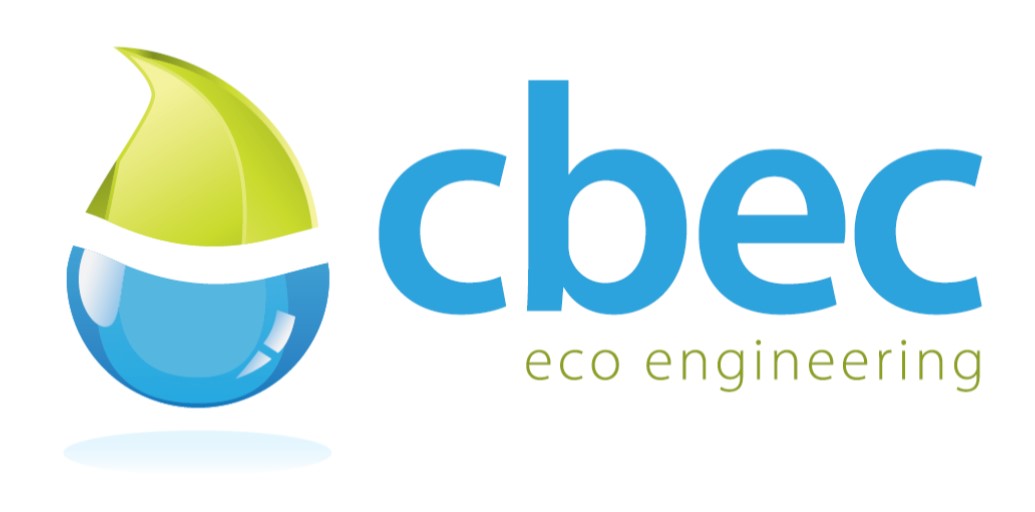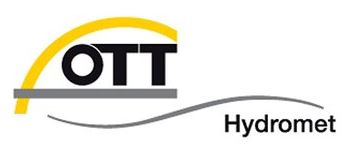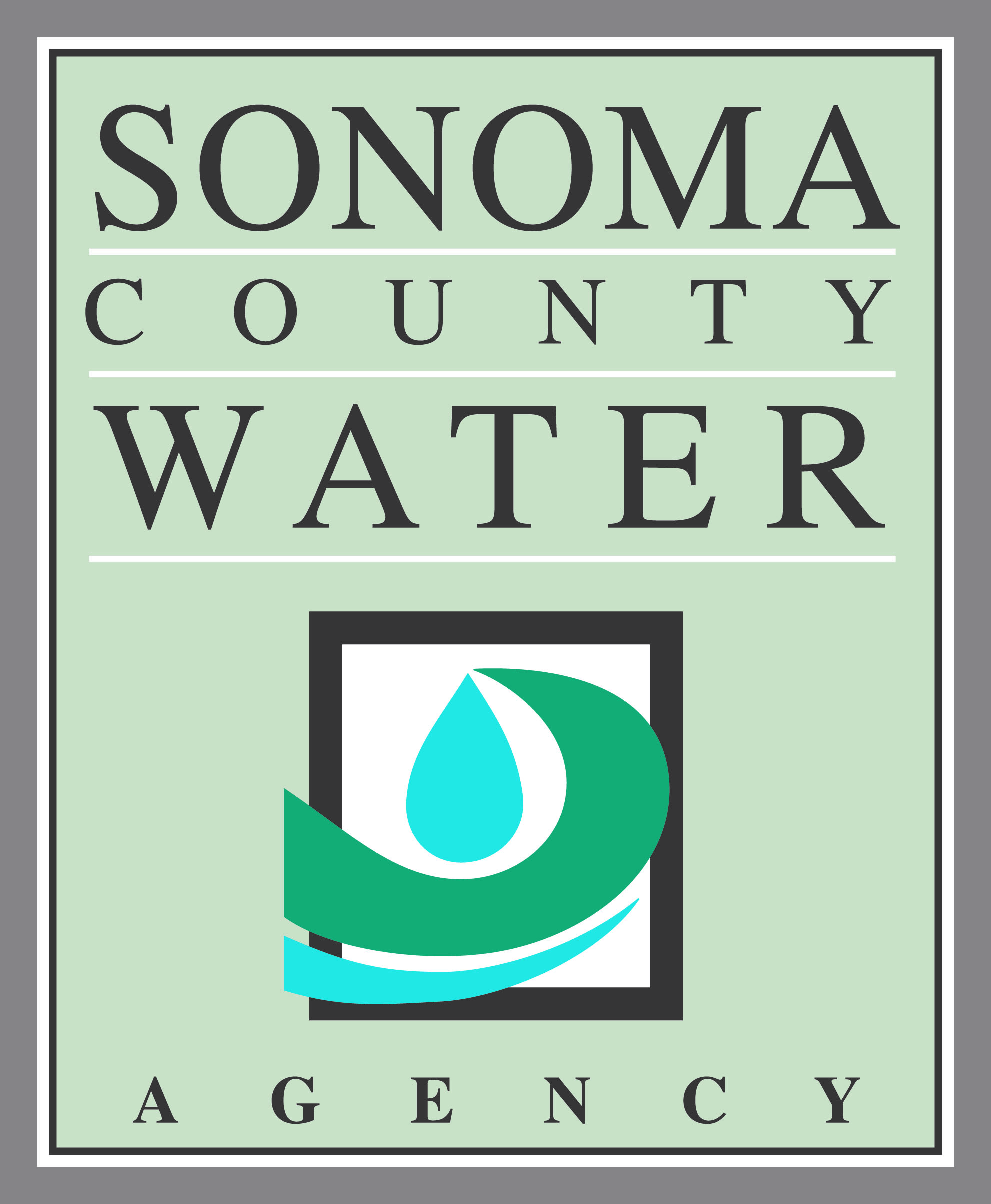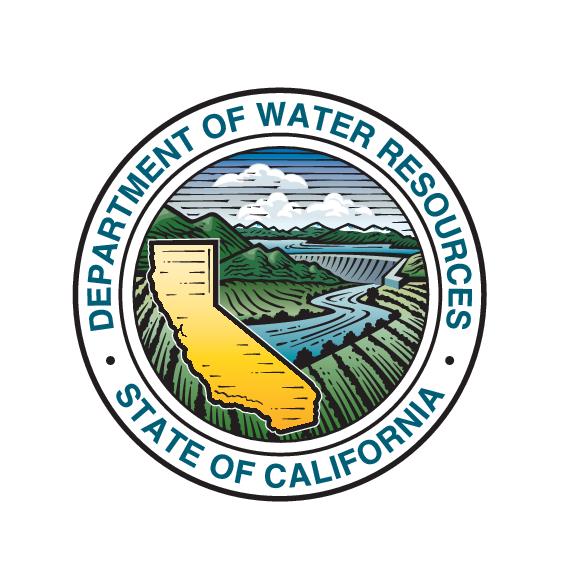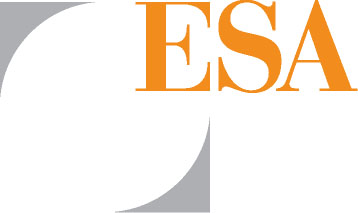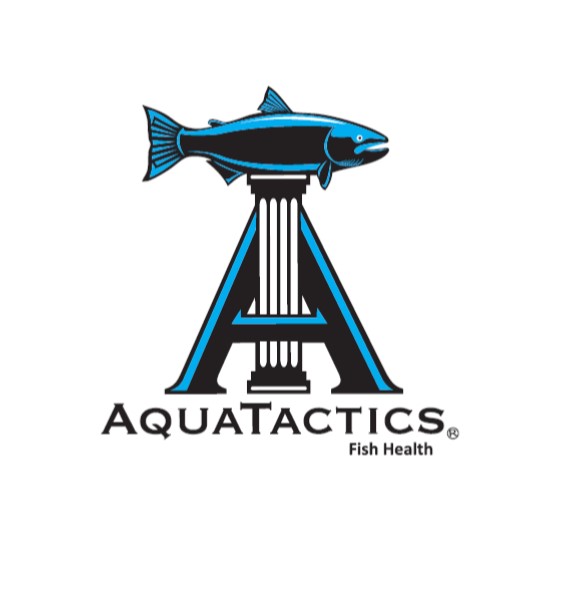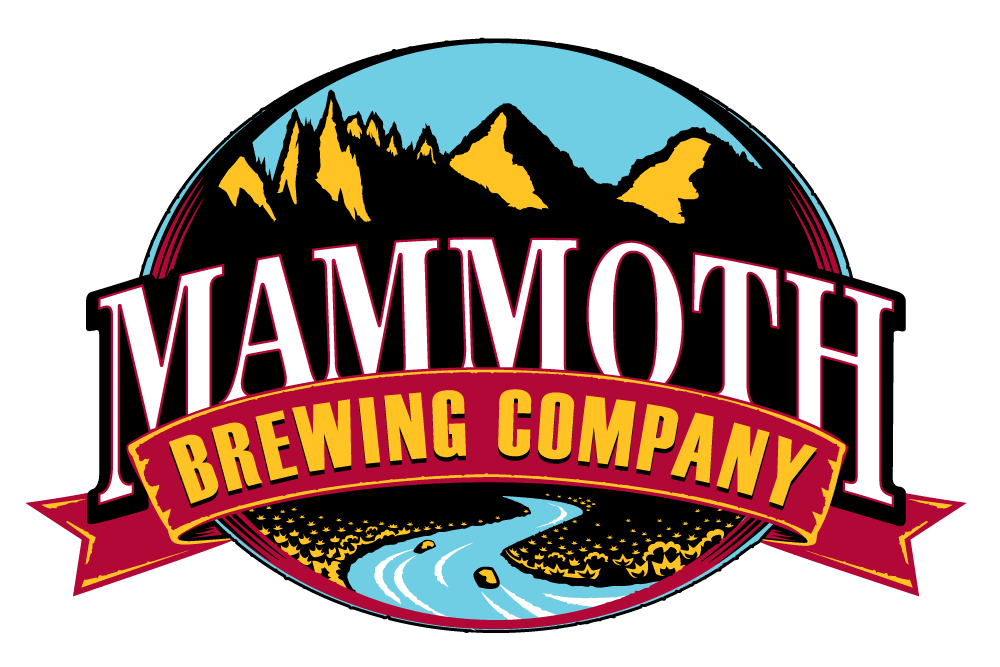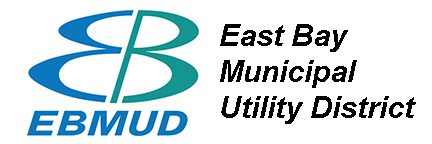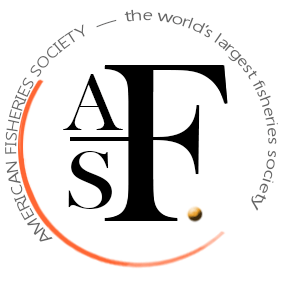WDAFS 2016 attendees will have the option to take advantage of a variety of continuing education workshops, tours, and field trips on the first day of the meeting, March 21st. When you register, sign up for one of these great ‘extra-curricular’ activities!
Field Trips
Lake Tahoe Science Tour
Join Heather Segale (UC Davis outreach and educator) as she walks you through the UC Davis Tahoe Environmental Research Center describing their research on Lake Tahoe. Also she will detail history of the Lake Tahoe fishery and changes to the food web. Outside the research center learn about recent stream restoration projects in Incline Village before continuing along the North Shore of the lake where you will meet local California State Parks environmental manager Dan Shaw. Dan will guide you to Kings Beach, the Lake Tahoe Rim Dam, the Truckee River, and Donner Lake where you will learn about programs to improve water quality, combat invasive species, and protect unique aquatic ecosystems. Lunch stop will be in North Lake Tahoe (not provided).
Cost $30 for transportation costs
8 AM to 5 PM
MS Dixie Scenic Tahoe Cruise from Zephyr Cove to Emerald Bay
Enjoy a beautiful mid-day scenic cruise across beautiful Lake Tahoe on the MS Dixie. The 520-passenger, award-winning M.S. Dixie II is the largest cruising vessel in South Lake Tahoe, and a local favorite. Considered one of South Lake Tahoe’s most entertaining and affordable water activities, the M.S. Dixie II has been voted “Best Cruise in Nevada” by Nevada Magazine. This narrated Tahoe boat cruise offers non-stop photo opportunities to the crown jewel of South Lake Tahoe – Emerald Bay. As you cruise to, and back from Emerald Bay, you’ll learn how it was formed and some of its fascinating history with a special video presentation. Lunch and complete bar service are available for purchase.
Cost $30 for transportation costs, plus $55 dollar boat ticket.
10 AM to 3 PM
Lahontan Cutthroat Country – Pyramid Lake and the Lower Truckee
Experience the other beautiful lake in the Reno are, Pyramid Lake and the Truckee River. First drive down the lower Truckee River to meet with the Nature Conservancy and visit and tour their exceptional restoration site on the Lower Truckee River. Then continue on down the Truckee to visit Pyramid Lake. Pyramid is famous for its record setting Lahontan Cutthroat Fishery. On your way to the lake, local fisheries biologist Travis Hawkes (NDOW) will provide you with insightful history of the region and the Lahontan Fishery. Once arriving at Pyramid the Paiute Tribe Natural Resources team will give a presentation and tour of their hatchery facilities, if time permits you will also get to tour the Paiute Cultural History Museum. Your driver will stop for to-go lunch in Reno before heading east down the Truckee.
Cost $30 for transportation
8 AM to 5 PM
Trout Unlimited Little Truckee River Restoration Tour and Fishing
Join Tahoe Trout Unlimited’s David Lass as he will guide you through their recent restoration efforts on the Little Truckee River. Dave is an expert on local fisheries conservations efforts and an outstanding fisherman. The Little Truckee River is an outstanding fishery and bring your own gear and CA fishing license to try your luck for a beautiful Rainbow or Brown Trout on the famed river. Lunch will be picked up before heading up the Little Truckee.
Cost $30 for transportation
8 AM to 5 PM
Workshops
Section 7 Endangered Species Act Consultation
NOAA’s National Marine Fisheries Service (NMFS) presents information for Federal agency biologists and permitting specialists, project applicants, and consulting biologists on the process and context for Section 7 consultations under the Endangered Species Act (ESA) for project effects to federally listed anadromous fishes. NMFS will provide an overview of the ESA Section 7 and the Magnuson-Stevens Fishery Conservation and Management Act (MSA) essential fish habitat (EFH) consultation processes, including a description and checklist of the necessary information required in a biological assessment (BA) to initiate Section 7 consultation for a project action with a Federal nexus.
Instructor: Erin Strange NMFS California Central Valley Office Section 7 Coordinator [email protected] 916-930-3653 Erin has been a federal agency fishery biologist in California and Oregon for 22 years working with all facets of ESA regulation relative to anadromous fishes. Erin has handled a wide variety of Section 7 consultations on both large and small projects and now serves as the Section 7 Coordinator for NMFS’ California Central Valley Office.
Cost $25
8 AM to 12 PM
Fish Passage
Anadromous fishes, such as salmon, trout, lamprey and sturgeon, are not only key features of ecosystem function, but are vital aspects of our heritage, culture, economy, and health. As they utilize both freshwater and marine environments, these fish are concurrently subjected to the multiple stressors of an increasing human population, facing habitat degradation and fragmentation. Many non-anadromous fish also make significant migrations, including catostomids and cyprinids, and face similar impacts.
Of the many stressors facing migratory fishes, one of the most profound and understated is human-caused barriers to their natural migration. In California alone there are over 29,000 barriers to anadromous fish migration, blocking access to at least 75% of their historic range.
This 1-day workshop will introduce participants to the field of fish passage, a subsidiary of the broader stream restoration community drawing on a diverse array of traditional disciplines such as civil engineering, hydrology, geomorphology, biology, and ecology. The workshop will provide participants a working framework to approach fish passage projects, including fish screening, with a practical and working emphasis on lowhead (less than 10 meters) barriers at road crossings. We will cover several aspects of fish passage in this course, ranging from barrier assessment to design to construction.
Instructor 1: Dr. Rocko Brown [email protected] Dr. Rocko Brown is an expert design geomorphologist who uniquely balances applied and scientific aspects of geomorphology and engineering. He focuses on process-based assessment and restoration of fisheries resources through channel manipulation integrating geomorphic, hydraulic and ecological frameworks. He has extensive experience in hydraulic and sediment transport modeling and design for fish passage improvements, channel design, large wood and instream habitat structures, and bank stabilization. Rocko has led the design of seasonal floodplain, spawning habitat, and fish passage projects in a diverse array of physical and regulatory settings. He has made contributions to spawning habitat rehabilitation efforts, including assessment, modeling, design and construction of projects on several of California’s most-important rivers. Dr. Brown has published heavily on evaluating the interactions of topography and flow hydrology for geomorphic processes needed for salmonids to complete their life cycle and how to design functional riverscapes that honor these linkages. He holds a Bachelor of Science in Environmental Engineering from Temple University and Master’s and Doctorate Degrees in Hydrologic Sciences from the University of California, Davis and has taught restoration classes since 2009.
Instructor 2: Dr. Joseph E. Merz [email protected] Dr. Merz is a registered scientist with the American Fisheries Society. He has over 24 years of experience working with aquatic resources and has been the principal scientist on several habitat restoration programs including fish passage. He has taught environmental science, salmonid ecology, and restoration courses for the past fifteen years. Joe is known for his work with human and fisheries habitat interactions, and for his ability to communicate with scientific and stakeholder audiences alike. He has earned degrees in Environmental and Systematic Biology (B.S.), Cal Poly at San Luis Obispo; Biological Conservation (M.S.), California State University, Sacramento; and Conservation Ecology (Ph.D.), University of California, Davis. Dr. Merz has worked for California public, private and non-profit entities on resource monitoring and fisheries habitat enhancement. He is noted as an environmental studies and natural resources lecturer, and for his successes working with stakeholders. He has coauthored a variety of peer-reviewed publications focusing on river rehabilitation, fish movement, invasive species, woody debris/redd associations, and evaluation of spawning habitat enhancement, among others. In line with his professional interests, he is a member of the Ecological Society of America, the American Fisheries Society and the Southwestern Association of Naturalists. Dr. Merz has been honored with a variety of awards and has received research and restoration grants from multiple stakeholders for restoration related projects in California, Oregon and Washington for salmonid habitat restoration; salmonid management and reintroduction; monitoring of fish migration and movement; fish passage improvement; and assessment of invasive species interactions with native salmonid populations.
Cost $50
8 AM to 5 PM
Passive Integrated Transponder (PIT) Tagging
Oregon RFID presents PIT tag classes and antenna workshops for customers and new users. It is a full day event with an introduction to PIT tag technology and how to setup a monitoring site with an emphasis on antenna construction. The presentations are suitable for beginners as well as experienced users.
Instructor: Warren Leach Oregon Radio Frequency Identification [email protected]
Cost $50,
8 AM to 5 PM
R for Biologists
Instructor, Kevin Ceder, is an Ecosystems Analyst with Cramer Fish Sciences (CFS). Kevin has 10 years of experience using quantitative methods to support data-driven, integrated resource management, planning and assessment. He excels in developing tools that reduce complex processes to easy-to-use and easy-to-understand systems for decision-makers. Kevin has over 10 years of experience using R as his primary data management and analysis tool and excels in providing R programming solutions. He has provided R training and coaching to a diverse clientele. With CFS, he is a lead environmental statistician, helping clients visualize the complex relationships between land management activities and the affected environment. Kevin’s focus is on analysis and modeling of forest ecosystems to help stakeholders understand the influence management activities can have on terrestrial and aquatic habitat—and ultimately their influence on salmon and trout. He combines doctoral-level understanding of ecosystem processes with expert tool-building skills to lead the development of integrated mathematical simulation models. Kevin offers expertise in numerous areas—growth, development and management of forest stands; ecosystem data compilation and analysis; forest and population simulation model development and use; ecosystem assessment model development and use; spatial analysis and cartography; and software development to create integrated tools. Prior to joining Cramer, Kevin spent 15 years as a biometrician and was involved in many projects to evaluate the effects of forest growth and management on ecosystem outputs. Kevin provided simulations for numerous assessment projects in Washington and Oregon, evaluating everything from harvest volume and carbon sequestration to fire risk and wildlife habitat. Kevin received his B.S. and M.S. degrees in forest management and silviculture from the University of Washington where he is currently a doctoral candidate in forest biometrics. He has worked for several research cooperatives to develop mathematical simulation models addressing growth and yield of young managed forests, wildlife habitat management, and wildfire risk assessment.
Cost $50
8 AM to 5 PM




